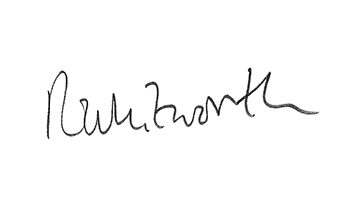I am the very proud father of a brand new human; Gray Winter Whitworth was born on 9 February 2017. And I am eternally grateful to all the wonderful healthcare professionals involved. The picture of health, he aced all tests but one... jaundice. I am sure many of you have been through a similar experience, but please allow me to detail our analytical journey...
It begins with a rudimentary test: “Does he look yellow to you, Val?” “Hmm. He does a bit – hold him near the window.” “Yes – a bit yellow-ish. What do you think, Val?” “I’d send him down...” “OK. Rich, May – you’ll have to take him down to Rainbow Ward...” A friendly nurse bustles into the treatment room on Rainbow Ward, armed with a handheld, noninvasive transcutaneous bilirubinometer. I am impressed. (Later, I read that the device measures multiple wavelengths by spectral reflectance to determine the optical densities of bilirubin, hemoglobin and melanin.) Holding it to his forehead in various places and “zapping” him, she peers over her glasses at the LCD display and declares that the bilirubin level is “too high” for the device and that a heel-puncture blood sample will be required for further investigation. Two hours later... An apologetic doctor enters the waiting room/play area to squeeze blood from a stone. Drip, drop... “OK – I’m going to have to do another little prick.” Gray, having been squeezed through a birthing canal, doesn’t cry at such trifles, but isn’t exactly smiling. Finally, the doctor has enough blood for the lab test – she dares not send too little for fear of sample rejection...
Later that evening, the doctor dutifully calls: “... it’s below the level of treatment, but too high to ignore – you’ll have to come in for another blood test tomorrow...” And so it all begins again on Day 5. The outcome of the second test? The level (a number with no units) has risen but is below the treatment threshold on “the curve.” “Presumably, μmol/L,” I muse, “And I’m pretty sure two data points don’t represent a curve...” Back to “normality.” Conclusions. The handheld transcutaneous bilirubinometer is a fantastic idea – exactly the sort of transformative technology needed – but when it outputs an overly ‘risky’ reading, healthcare professionals insist on the “gold standard” test. Unfortunately, the gold standard appears to require taking too much blood from too small a person – more than once. Though I recognize that the whole experience is entirely trivial when compared with more serious health conditions or the total lack of healthcare in other parts of the world, it did make me think: “Analytically, can we do any better?”
Did you know we have a sister magazine – The Pathologist – that frequently covers areas of unmet need in the field? www.thepathologist.com
Rich Whitworth Content Director





